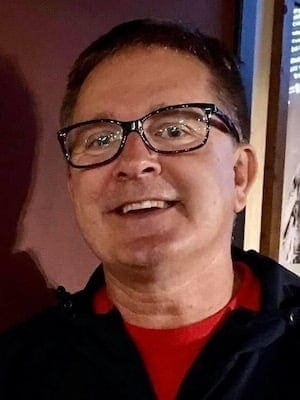In early 1968, Martin Luther King Jr. and other civil rights leaders continued plans for a Poor People’s Campaign.
It would take place in the spring in Washington, D.C. The poor and those in solidarity with them would take up temporary residence and march peacefully on the U.S. Capitol and advocate for substantial anti-poverty legislation from Congress.
They would demand jobs, healthcare and decent housing.
People set up a camp on the Washington Mall and called it Resurrection City. Jesse Jackson gave his famous “I Am Somebody” speech there.
But King was assassinated in the weeks leading up to the campaign and Robert Kennedy was assassinated during it.
Disheartened and discouraged people drifted away from the campaign, their dreams deferred.
What if King had lived to lead the campaign with his insight and eloquence? What if Kennedy had lived to support the campaign with his doggedness and political will?
Would the United States be a place where one out of five children, around 15.5 million, are in poverty and where close to 50 million people are without health insurance?
Something happened at my Title I elementary school that brought those questions to mind.
A guest speaker dressed in a hard hat and reflective vest stood before my classroom of second-graders, his white skin and Boston accent contrasted with the black and brown children using southern drawls and Hispanic accents in front of him.
He was telling them about his work as a miner in western Canada.
“What were you doing on Christmas Day?” he asked. The students waved their hands in the air, buzzing with answers.
“Well, do you know what I was doing on Christmas Day?” he continued. He pointed to a picture of a giant truck at the expansive mine. “I was working … driving that truck all day long.”
A soft-spoken little girl named Maria suddenly spoke up and said, “My mom had to work on Christmas Day, too.”
The Poor People’s Campaign has largely been forgotten. Yet here was an echo of it right in my small, inner-city classroom.
The experiences of a working class white man and a brown child from the home of immigrant parents were connected, similar and familiar.
The struggle against poverty has seen some serious reverses since King’s time.
The income gap between rich and poor is the highest it’s been since being first measured in 1967. The number of children living in poverty has risen steadily since then.
In my classroom, with our guest speaker, I heard that both families were struggling to make it in a world where work comes in odd places at odd times, when it comes at all.
I knew that Maria’s mother and father recently returned from a trip to the emergency room with her baby brother, a sure sign that they are one of the millions of uninsured people around us.
I left the classroom that day with a renewed desire to see economic justice for all people, especially children.
I will start by searching for ways to teach the goals of the Poor People’s Campaign to my elementary school students and to our community.
The connection between the miner and my students was, for me, just the beginning.
Trevor Barton teaches second grade and is a member of First Baptist Church in Greenville, S.C. This column first appeared on the Teaching Tolerance website of the Southern Poverty Law Center.
A fourth grade public school teacher and member of First Baptist Church in Greenville, South Carolina.

